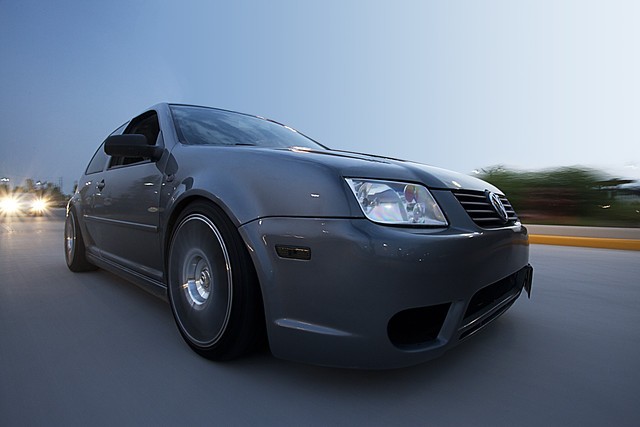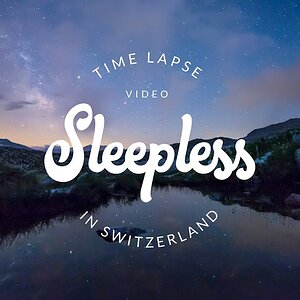AMOMENT
TPF Noob!
- Joined
- Sep 27, 2011
- Messages
- 701
- Reaction score
- 48
- Location
- NY
- Can others edit my Photos
- Photos OK to edit
I edit my photos in PSE9. I usually use the quick selection tool to select the part of the picture, often my subject, to work with. I then select the inverse to work with the background. Therefore, if I want to brighten my subject but dull the background, I can, without effecting the picture as a whole. I have learned and experimented with layers. It seems to me as if creating a new layer, erasing the part of the picture that you do not want to be effected (with the eraser tool of course), then applying the effect, and lastly re-exposing the entire image the way you want ultimately does the same thing. Are my missing something? Probably. Both still seem subject to flaw from the human hand. I have found more success doing it the first way then the second way. I must be missing something. As I said, I know how to use the layers and create them, to a degree, but am not finding this to be effective than my way.
I don't entirely understand layer masks. To state the obvious, it hides a layer. But when would I want to do this. I am getting lost in the progression of the photo. For example, can someone explain how I would go about converting the whole picture to B&W but having the background be much darker/higher contrast then the subject, while also sharpening their eyes. (using the layer mask concept) Is or can a layer be any selected portion of a photo either masked or highlighted and then created as a new layer?
Anyone ever use a different photo program that they find to be very good? I've heard of Picaso. Opinions I love the idea of PSE but I partially feel like I want to master photography not PSE. I want to use a good post processing program but I don't want it to be too involved.
I don't entirely understand layer masks. To state the obvious, it hides a layer. But when would I want to do this. I am getting lost in the progression of the photo. For example, can someone explain how I would go about converting the whole picture to B&W but having the background be much darker/higher contrast then the subject, while also sharpening their eyes. (using the layer mask concept) Is or can a layer be any selected portion of a photo either masked or highlighted and then created as a new layer?
Anyone ever use a different photo program that they find to be very good? I've heard of Picaso. Opinions I love the idea of PSE but I partially feel like I want to master photography not PSE. I want to use a good post processing program but I don't want it to be too involved.






![[No title]](/data/xfmg/thumbnail/36/36400-97a007ae878e1032155c7a7d47eeba73.jpg?1734168786)


![[No title]](/data/xfmg/thumbnail/37/37625-7e132688457d56e50320a8c99a79fe38.jpg?1734170749)


![[No title]](/data/xfmg/thumbnail/36/36101-1d9d7b0215488ea489d3bdb28d87ebeb.jpg?1734168057)

![[No title]](/data/xfmg/thumbnail/36/36399-041c9ebc3a39e89ec8e39243c0d43528.jpg?1734168785)
![[No title]](/data/xfmg/thumbnail/36/36100-56ca0f8143ffca369fbf5f3dfe9cabd4.jpg?1734168051)